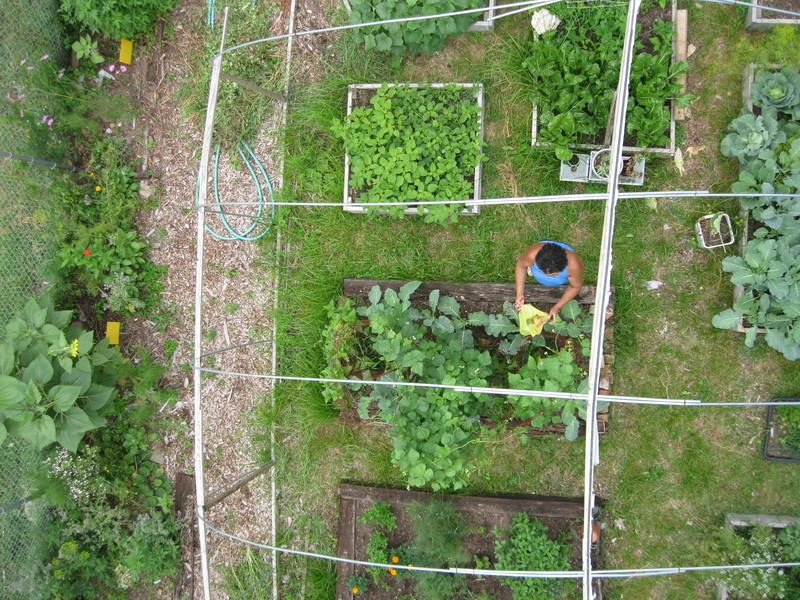
gardening toolkit
Simple, appropriate technologies for great garden outcomes
Meeting your environmental goals is easier when you track your progress and use what you learn to improve your practices--and results--over time. The basic cycle of "adaptive co-management" (pardon the jargon) is goal setting, action, monitoring, reflection, and adaptation. This toolkit comes in two parts:
- Part 1: event guides for Doing It Together
- Part 2: how-to environmental research guides
Part 1: event guides (6)
Start Here
Collaboratively create a picture of your place.
Set Goals
Define your goals and choose which ones you want to measure progress towards.
Choose how to track your progress
Choose how you want to measure, then design fun, "field-proof" measuring activities.
Schedule the season
Schedule out daily and occasional events across the whole season.
Reflect on the season
Come together to review and reflect on a season's worth of observations.
Plan for next season
Take stock of last year's outcomes and make adjustments as needed.
Part 2: how-to guides (3)
1. Pole aerial mapping
Change your perspective! Map your garden plot to plan the season and track changes through the years.
2. Infrared imagery guide
See plants photosynthesizing. Experiment with cultivation methods and see which types of plants thrive.
3. Program tracking guide
Growing tons of food? Diverting compost from the waste stream? Coordinating work among lots of volunteers? If you're tackling these or other programs in your garden, barn.farmingconcrete.org has simple methods that you can use.

